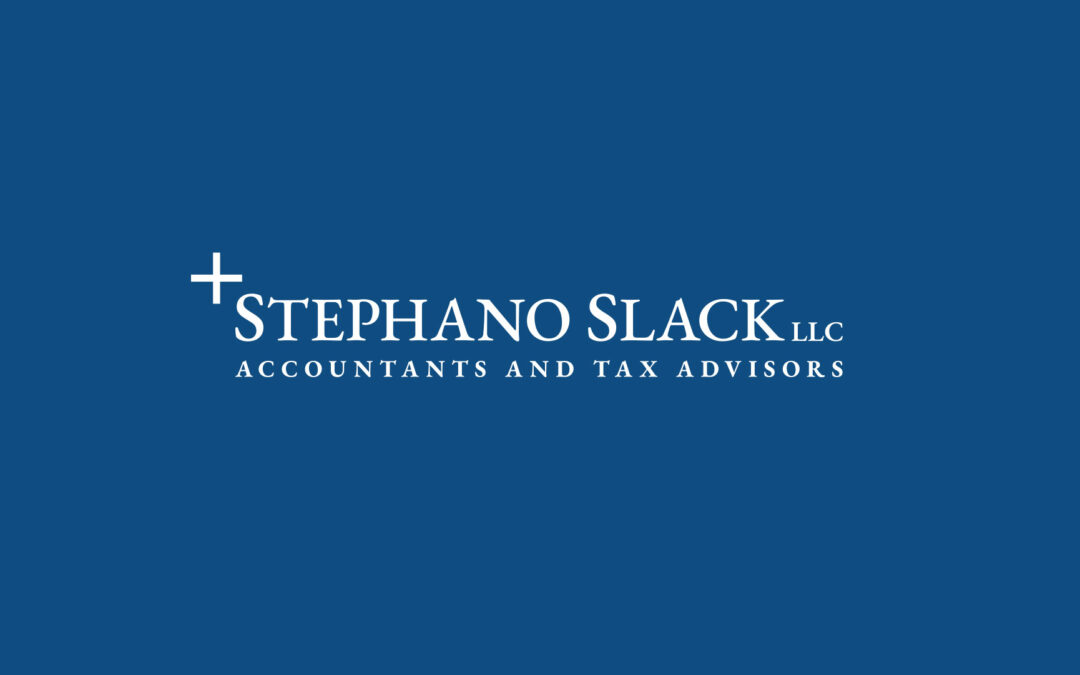As we maneuver through these unprecedented times and move through the government’s new Acts and Programs established for the Coronavirus Pandemic, questions have arisen on how to account for this funding. The funding has begun to roll out and the clock has started ticking on the eight (8) week time period to use the funds; however, the accounting and financial reporting guidance can vary for this assistance as it may be a loan or grant depending on criteria set forth for use and tax implications.
U.S. GAAP currently has no guidance on the accounting for the forgiveness of a loan from the government. We are expecting that where will be clarity given in the near future; however, for now we believe the Payroll Protection Program (PPP) loan should be accounted for a debt instrument with the following accounting treatment:
- The proceeds from the PPP Loan should be a loan payable on the balance sheet.
- Should there be any deferred financing costs to obtain the loan such as legal, accounting, advisory or other third party fees, they may be capitalized and amortized of the life of the loan payable.
- Principal is deferred for six (6) months; however, interest should be accrued on a monthly basis at 1%. We are uncertain if the interest will be forgiveness as well based on the current guidance, so clarity will be needed.
- Qualified costs should continue to go through current year earnings even though the PPP loan provides for debt forgiveness. The qualified costs include: payroll, employer paid health insurance, employer portion of retirement, mortgage interest, rent, and utilities. These expenses should NOT reduce the PPP loan on the balance sheet during the eight (8) week forgivable period.
- Under U.S. GAAP, the extinguishment of a debt instrument can only recognized if the borrower is legally released from being the primary obligor. For the PPP loan, the borrower has to formally apply for the forgiveness of the loan and will be required to submit certain documents to verify the funds were used for the qualified costs. Therefore, the PPP loan liability will only be able to be removed from the balance sheet once it has formally been released and forgiven.
- The resulting gain from the forgiveness of the PPP loan will be measured based on the net carrying value of the PPP loan, which includes accrued interest (if eligible) and deferred finance costs relating to the forgivable portion of the loan (if applicable). Within the income statement, this gain is presented as a separate line item. Because current standards do not specify where on the income statement debt extinguishment gains and losses should be presented, we expect the guidance to be clarified in the near future and an accepted practice will emerge for income statement presentation.



Recent Comments